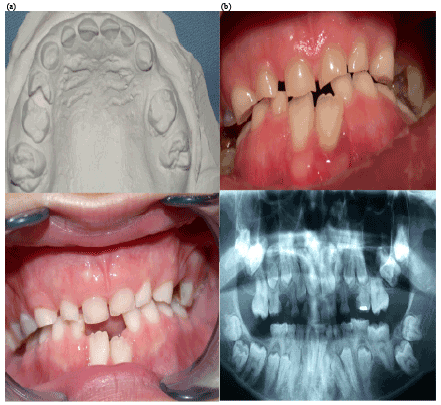Case Study
Full Retarded Eruption of Permanent Dentition: Report of a Rare Case (8 Years Follow-up)
School of Dentistry, Aristotle University of Thessaloniki, Greece
Boutsiouki Christina
School of Dentistry, Aristotle University of Thessaloniki, Greece
Peter Stanko
Faculty of Medicine, Comenius University, Bratislava, Slovakia









